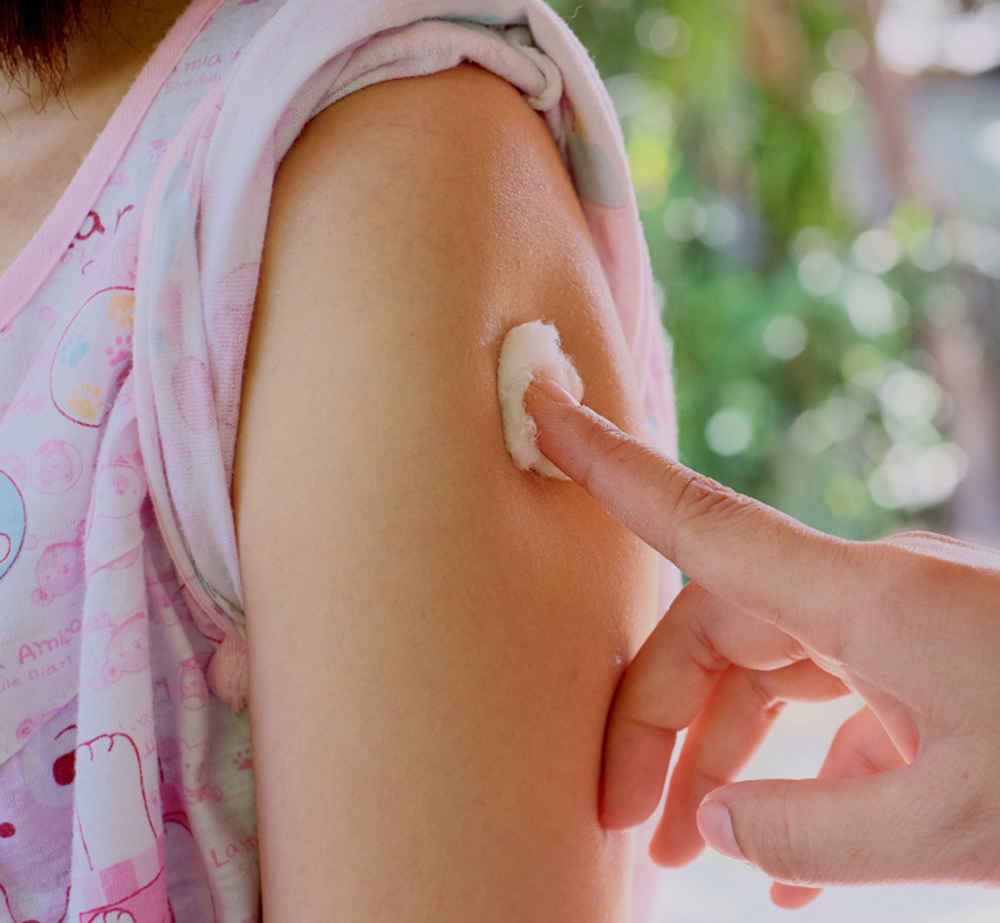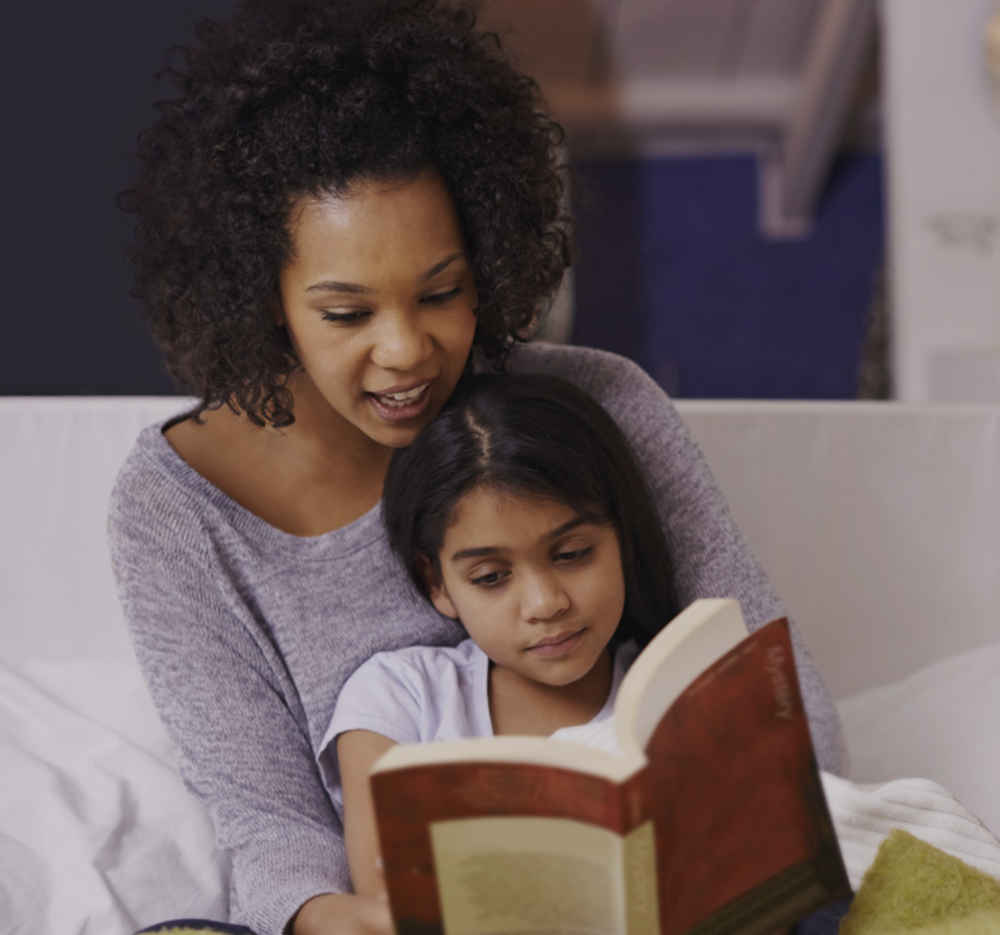410-721-2273
Conjunctivitis
What is conjunctivitis (eye infection)?
When bacteria or a virus causes an eye infection, the condition is called pink eye or conjunctivitis.
With bacterial conjunctivitis, your child may have:
- yellow discharge in the eye
- eyelids stuck together with pus, especially after sleeping
- some redness in the white part of the eyes
- excessive tearing
- a "gritty" feeling of sand being in the eye
- burning and/or itching
- sensitivity to light
- puffy eyelids.
With a viral conjunctivitis, you child may have:
- redness of the white part of the eye (sclera)
- redness of the inner eyelids
- puffy eyelids
- a watery eye.
Note: A small amount of cream-colored mucus in the inner corner of the eyes after sleeping is normal.
What is the cause?
Red eyes are usually caused by a viral infection and they often occur when a child has a cold. If a bacterial infection occurs as a complication of a cold, discharge from the eyes becomes yellow and the eyelids are often matted together after sleeping. If this happens, your child needs antibiotic eyedrops even if the eyes are not red.
How long does it last?
Viral conjunctivitis usually lasts as long as the cold (1 to 2 weeks). If one eye is affected at first, the other eye may become infected over the next few days. In bacterial infections, the yellow discharge should clear up within 72 hours with proper treatment. The red eyes (which are due to the cold) may continue for several more days.
How can I take care of my child?
For viral conjunctivitis:
- Rinse the eyes with warm water as often as possible, at least every 1 or 2 hours while your child is awake. Use a fresh, wet cotton ball each time. This rinsing usually will keep a bacterial infection from occurring.
- A viral infection is not helped by antibiotic eyedrops but allergy drops or artificial tears may reduce symptoms.
- Viral pink eye is harmless and mildly contagious. Children with viral conjunctivitis can attend day care or school.
For bacterial conjunctivitis:
Clean the eye: Before putting in any medicines, remove all the pus from the eye with warm water and wet cotton balls. Unless this is done, the medicine will not have a chance to work.
Apply antibiotic eyedrops or ointments: Putting eyedrops or ointment in the eyes of young children can be a real battle. Ideally it's done with two adults. One person can hold the child still while the other person opens the eyelids with one hand and puts in the medicine with the other. One person can do it alone if she sits on the floor holding the child's head (face up) between the knees to free both hands to put in the medication.
How to apply eyedrops: If your healthcare provider has prescribed antibiotic eyedrops, put 1 drop in each eye every 2 hours while your child is awake. Do this by gently pulling down on the lower lid and placing the drops there. As soon as the eyedrops have been put in the eyes, have your child close them for 2 minutes so the eyedrops will stay inside. If it is difficult to separate your child's eyelids, put the eyedrops over the inner corner of the eye while he is lying down. When your child opens his eye and blinks, the eyedrops will flow in. Continue the eyedrops until your child has awakened 2 mornings in a row without any pus in the eyes.
How to apply ointment: If your healthcare provider has prescribed antibiotic eye ointment, the ointment needs to be used just 4 times a day because it can remain in the eyes longer than eyedrops. Separate the eyelids and put in a ribbon of ointment along the lower eyelid from one corner of the eye to the other. If it is very difficult to separate your child's eyelids, put the ointment on the edges of the eyelids. As the ointment melts from body heat, it will flow onto the eyeball. Continue until 2 mornings have passed without any pus in the eye.
Avoid contact lenses: Children with contact lenses need to switch to glasses temporarily. This will prevent damage to the cornea as well as reinfection.
Prevent contagiousness: The pus from the eyes can cause eye infections in other people if they get some of it on their eyes. Therefore, it is very important for the sick child to have his own washcloth and towel. He should be encouraged not to touch or rub his eyes because it can make his infection last longer. Touching his eyes also puts a lot of germs on his fingers. Your child's hands should be washed often to prevent spreading the infection.
After using eyedrops for 24 hours, and if the pus is minimal, children can return to day care or school.
Call 911
If you feel that your child needs immediate medical care.
Call our office emergency line if:
(410) 721-2273
- The outer eyelids become very red or swollen.
- The eye becomes painful.
- The vision becomes blurred.
- Your child starts acting very sick.
Call us within 24 hours if:
For bacterial conjunctivitis:
- The infection isn't cleared up after 3 days of treatment.
- Your child develops an earache.
- You have other concerns or questions.
For viral conjunctivitis:
- A yellow discharge develops.
- The redness lasts more than 7 days.
- You have other concerns or questions.
You May Also Like
Popular Resources | Make an Appointment • Locations • Refill Prescriptions





